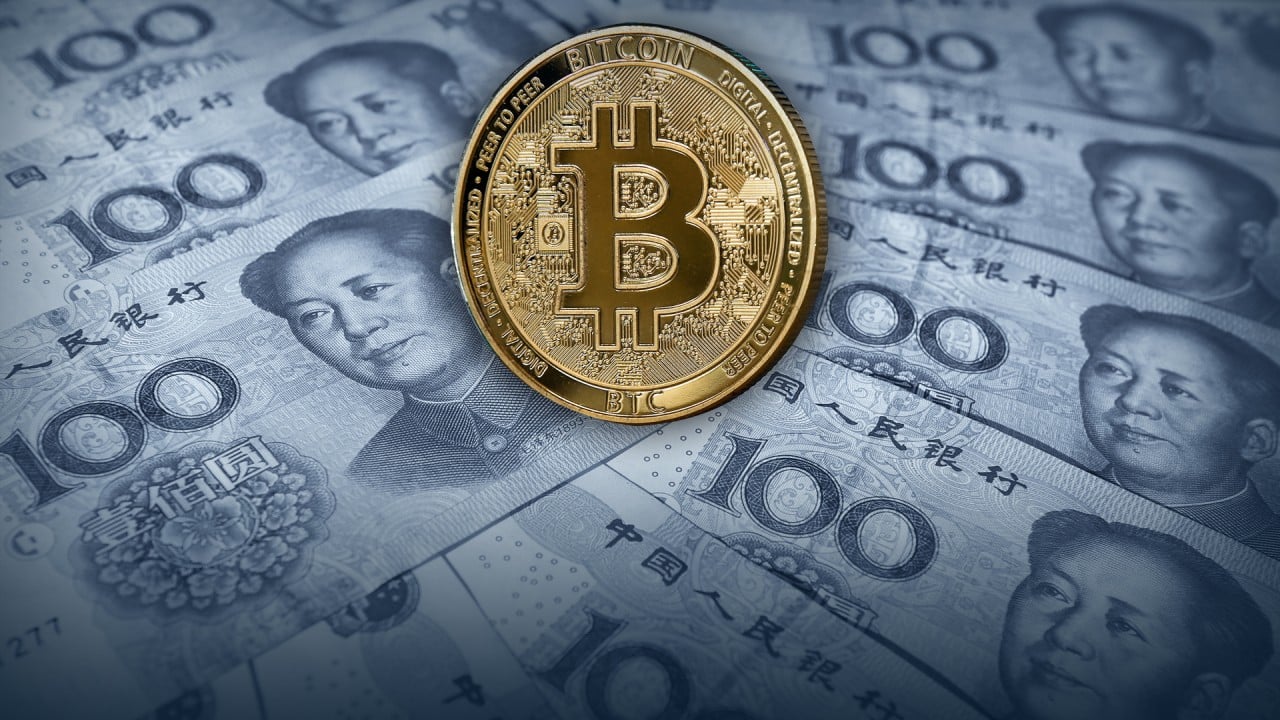
US-China economic talks put spotlight on yuan exchange rate as currency continues to surge
- The yuan hit a three-year high against the US dollar and a five-year high against a trade-weighted basket of currencies this week
- The strength of the yuan is likely to renew attention on how China manages its exchange rate amid US negotiations, analysts say
The rapid appreciation of the yuan against the US dollar recently is likely to draw increased scrutiny from the Biden administration of China’s opaque exchange rate mechanism, as high-level trade talks resume between the world’s two biggest economies, analysts say.
But Washington is concerned Chinese state-owned banks might be acting as proxies for the People’s Bank of China (PBOC) to intervene in the market, said ANZ Bank’s head of Asia research Khoon Goh.
“There could very well be good commercial reasons why Chinese state-owned banks are increasing their foreign asset purchases,” Goh said. “[But] the US Treasury suspects that some of that might be de facto intervention.”
In the past, Beijing relied heavily on foreign exchange intervention to control the yuan’s value. The PBOC would purchase US dollars in the interbank market from Chinese banks, turning them into central bank reserves that became known as the world’s largest war chest. In exchange, the PBOC would sell yuan to the banks, who would sell it on to customers, suppressing the yuan’s appreciation.
Since 2017, the PBOC has claimed not to have engaged in currency intervention because it is focused on opening up the nation’s capital account to allow more funds into and out of China. This requires making the yuan’s value more market driven, rather than determined by the government, and China’s reserve assets have stayed stable between US$3 trillion and US$3.2 trillion since then.

06:54
Is cryptocurrency too risky for China?
But after the PBOC’s decision to stop direct currency intervention, massive capital flows into China caused foreign assets on Chinese commercial banks’ balance sheets to surge 30 per cent in three years to around 7.5 trillion yuan (US$117 billion), said Tommy Xie, head of Greater China research and strategy at OCBC Bank.
Under its managed floating exchange rate system, China controls the yuan’s value by setting a daily central parity rate against the US dollar and limiting fluctuations to 2 per cent above or below that midpoint.
It also uses macroprudential financial ratios and draconian capital account controls. Moreover, the calculation of the yuan’s daily parity is viewed as especially opaque when China decides to apply its undefined “countercyclical factor” to its formula, which it does when it feels the exchange rate does not reflect economic fundamentals.
The yuan hit a three-year high against the US dollar and a five-year high against a trade-weighted basket of currencies this week. In response, the PBOC warned of potential damage to exports and the risk of speculative inflows forming asset bubbles, which could lead to financial crisis if burst.
But Chinese policymakers face a dilemma, because they do not want to be seen using forceful tools to curb yuan appreciation when the Biden administration has signalled it is not ready to remove tariffs on Chinese imports, said Ken Cheung Kin-tai, chief Asian currency strategist at Mizuho Bank.
“Unlike before, China is avoiding the use of its countercyclical factor to suppress yuan appreciation, mainly because it wants to provide a better environment and results from the talks [with the US],” Cheung said.

02:01
China’s economy expands record 18.3 per cent in the first quarter of 2021
Liang Tao, vice-chairman of the China Banking and Insurance Regulatory Commission, said over the weekend that with the recovery of developed economies, market volatility and vulnerabilities had increased as expectations shifted towards tighter monetary policy by the US Federal Reserve.
“While advanced economies are insisting on low interest rate policies, some emerging economies have recently announced interest rate hikes,” Liang said.
“[This] may cause a repricing of global financial assets and even cause asset bubbles to burst.”
Michael Every, global strategist at Rabobank, said it was inevitable China would push back against a strong yuan, which encourages commodity inflation by making US dollar-priced imports cheaper in yuan terms.
Foreign exchange wars are a long-running source of tension between different economies because they are a zero-sum game
China has argued that the US bears share of the blame for the stronger yuan due to its extraordinarily expansive monetary and fiscal policies, Every said.
“Foreign exchange wars are a long-running source of tension between different economies because they are a zero-sum game,” Every said.
“If the US goes the ultra-easy [monetary policy] route, then China perhaps cannot; and obviously that has serious implications when both behemoths have a political growth imperative. Therefore, we also see the push-back on the currency front.”

